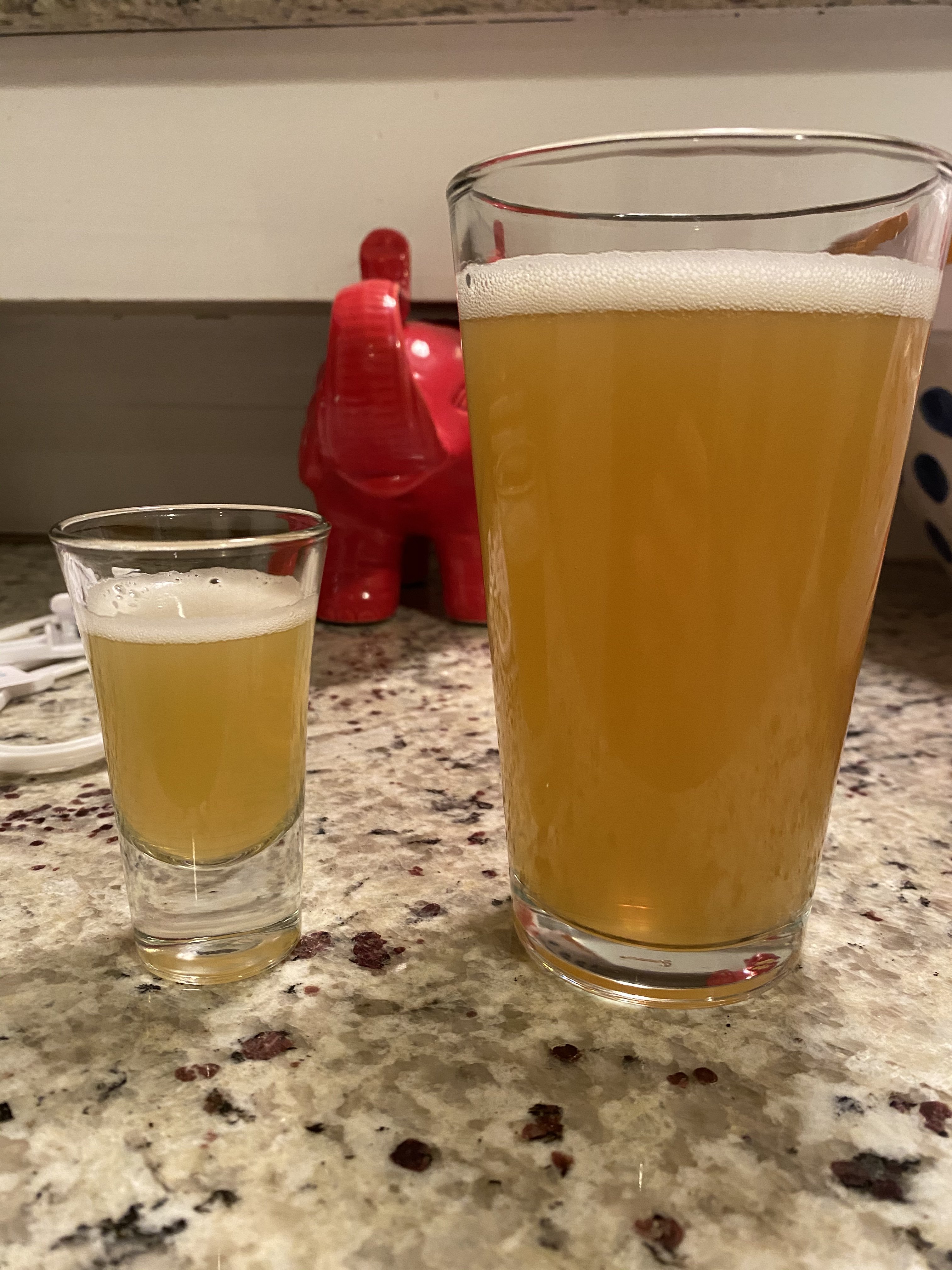hufcat05
Active Member
- Joined
- Dec 7, 2016
- Messages
- 34
- Reaction score
- 4
Hello all,
This question is about my first ever batch of beer. I'm so thrown by what I just saw because everything leading up to tasting this beer has been so promising.
I'm trying to brew a Spotted Cow (Farmhouse Cream Ale) Clone based on this thread: https://www.homebrewtalk.com/showthread.php?t=80344
I had my brew day, put it in the fermenter and let it sit. It had 2 weeks at 65 degrees, and then 1 week at 68-70 for a diacetyl rest. I bottled it at 21 days and even tasted it. It honestly tasted to me exactly how I would expect a flat and room temperature spotted cow to taste.
So this is why I'm completely shocked. After 3 weeks in the bottles (2 weeks conditioning at 68-70 and 1 week in the fridge) I pulled one out to try it and it tasted nothing like spotted cow (very bread-like yeasty flavor) and it was much darker than going into the bottles.
Does anyone know why this could happen? For reference I'm posting three pictures.
Before Fermentation (clear pic on the counter)
After Fermentation (cloudy - like spotted cow should be, held up to the light)
In my glass after 3 weeks in the bottle - what in the world happened?



This question is about my first ever batch of beer. I'm so thrown by what I just saw because everything leading up to tasting this beer has been so promising.
I'm trying to brew a Spotted Cow (Farmhouse Cream Ale) Clone based on this thread: https://www.homebrewtalk.com/showthread.php?t=80344
I had my brew day, put it in the fermenter and let it sit. It had 2 weeks at 65 degrees, and then 1 week at 68-70 for a diacetyl rest. I bottled it at 21 days and even tasted it. It honestly tasted to me exactly how I would expect a flat and room temperature spotted cow to taste.
So this is why I'm completely shocked. After 3 weeks in the bottles (2 weeks conditioning at 68-70 and 1 week in the fridge) I pulled one out to try it and it tasted nothing like spotted cow (very bread-like yeasty flavor) and it was much darker than going into the bottles.
Does anyone know why this could happen? For reference I'm posting three pictures.
Before Fermentation (clear pic on the counter)
After Fermentation (cloudy - like spotted cow should be, held up to the light)
In my glass after 3 weeks in the bottle - what in the world happened?








